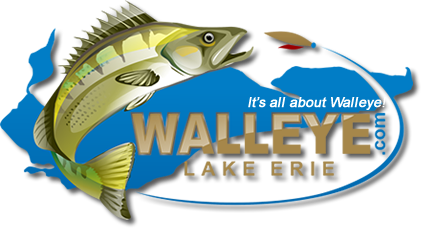 Thanks: 0
Thanks: 0
 Likes: 0
Likes: 0
Results 1 to 3 of 3
Threaded View
-
05-05-2022, 02:28 PM #3
 Re: Rigging big board tow planer boards
Re: Rigging big board tow planer boards
Like the previous poster said, it really depends on the type of boat you are running, your budget and other variables. I have a set of big boards with a mast, and in-line planers. I I have a 20 foot Lund.
Since I didn't think I would use the big boards all that often, I didn't want to spend a ton of money on them, so I went the DIY route. I made my own boards, mast, etc. I have my mast in the very front of my boat, mounted to the board that my Trolling Motor mounts to in a Traxtech track. The mast is a 6 foot oak dowel-rod 1.5" in diameter. It slides into a Trax-Tech Heavy Duty Net Holder. I put pipe-insulating foam around it to make it fit snugly.
It has bolt-eyes at the top on each side that the planer board line runs through and I mounted two older trolling reels to the bottom of it with hose clamps (one on each side). I have 150 feet of that orange planer board line on each reel and I just let it all out and reel it all back in when I am done, but I could let it out part-way if I wanted to.
For releases, I just bought a large bag of shower curtain rings and several bags of rubber bands. Half-hitch a rubber band around the line, put it in the shower curtain ring and it slides down the line. When a fish hits, the rubber band breaks and you reel in the fish. The nice part is, when the line releases, you don't have to fight the board on the way in. The used release slides down to the next one (or to the board) if it was the outside line. You just leave them out there until you bring in the boards. So you need lots of releases. When you put it back out, that line becomes the inside line and the rest slide over one spot.
This all works great with large fish. Where it gets a bit dicey is with smaller fish or junk fish, as they tend to just stretch the rubber band and can't snap it. I normally use my big boards for steelhead, so that usually wasn't an issue. If I used them more for walleyes, I would probably get a bunch of those yellow releases that are made for planer boards, or come up with another plan.
I tend to make short passes, mostly downwind, and I am usually only running 4 or 6 lines, so I have found that in-lines work better for me. I am constantly bringing them in to make another pass, which is a pain with the big boards, so I don't use my big boards all that often.https://slimshadycustoms.com/ Slimshady Customs - Custom Painted Crankbaits & Blanks. (Bandit Style Deep-Divers and other various crankbaits)
Similar Threads
-
Big Boards vs Inline Planer Boards
By Jiga-Byte in forum Western Lake Erie Fishing REPORTSReplies: 13Last Post: 03-30-2015, 12:29 PM -
Planer Mast Rigging Help
By jimbob in forum Fishing Techniques Discussion (jigging, drifting, trolling)Replies: 3Last Post: 05-04-2014, 03:39 PM -
planer board help
By "chillin" in forum Western Lake Erie Fishing REPORTSReplies: 7Last Post: 06-29-2011, 05:40 AM -
planer board help
By penalty box in forum Western Lake Erie Fishing REPORTSReplies: 17Last Post: 06-13-2011, 08:39 AM -
Need advice rigging boards
By ReelTime in forum Fishing Techniques Discussion (jigging, drifting, trolling)Replies: 1Last Post: 07-17-2009, 10:49 AM










 Reply With Quote
Reply With Quote


Only the smaller ones. When you...
Who eats sheepshead?